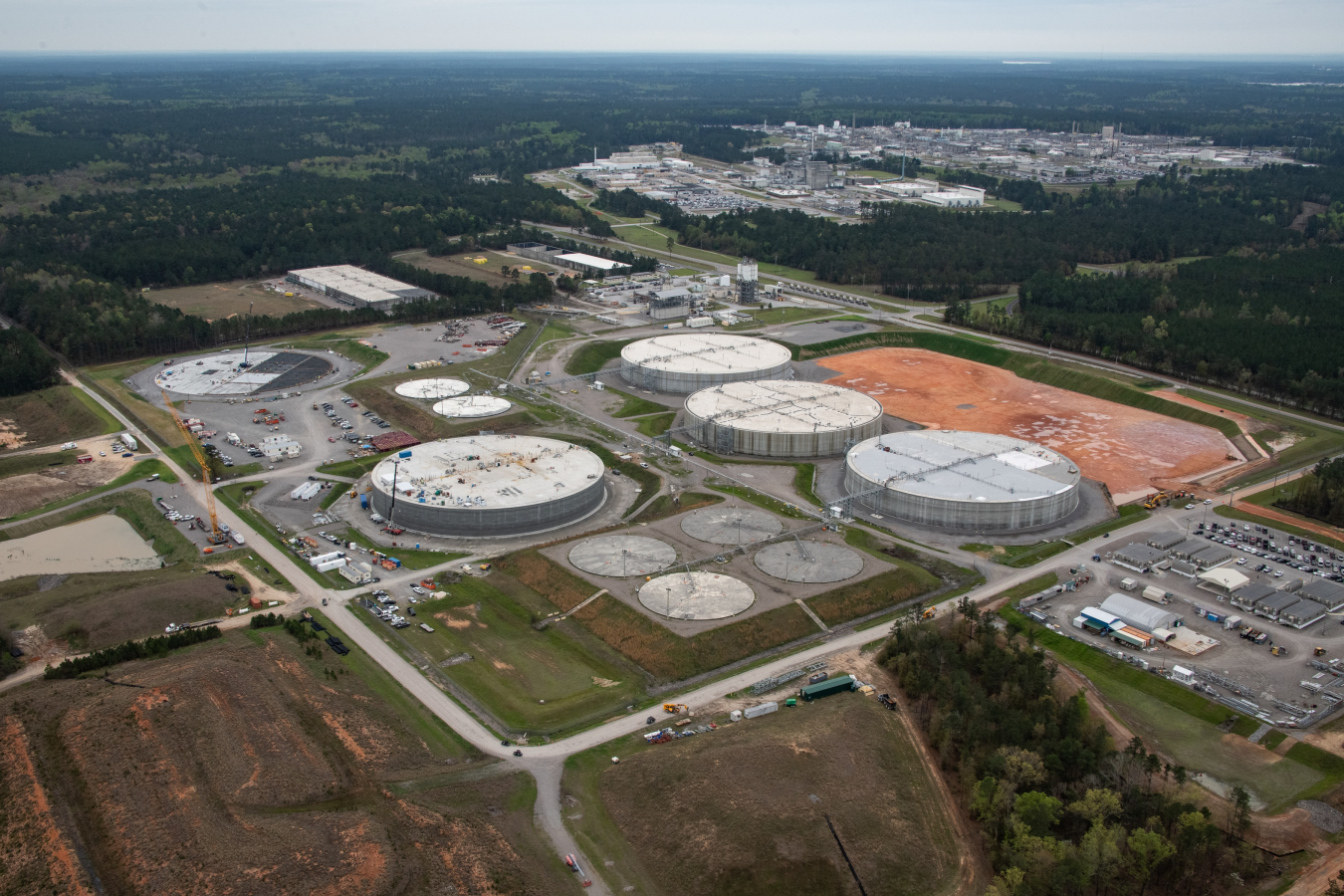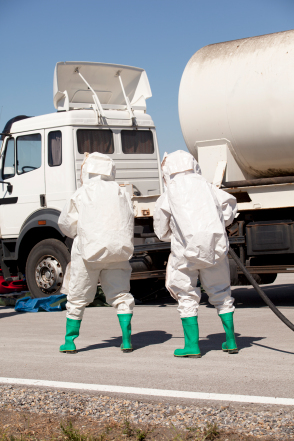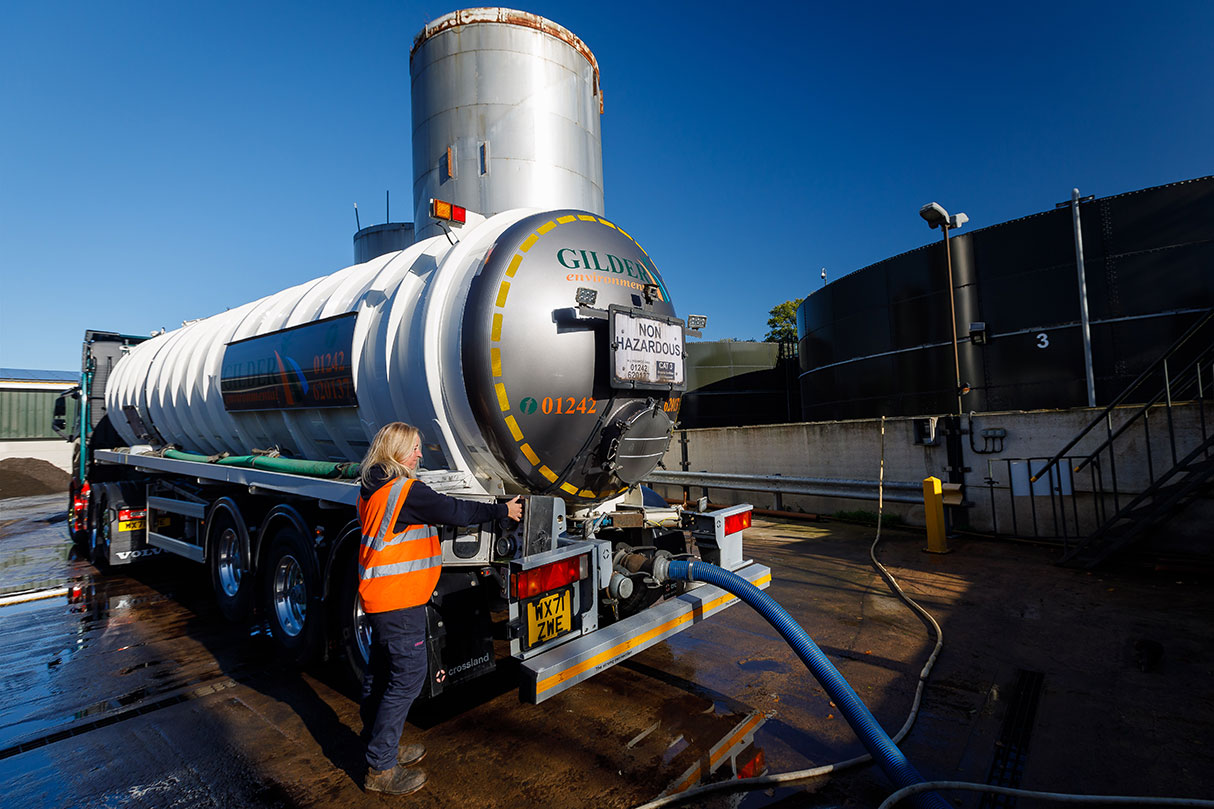Industrial Wastewater Treatment: Custom-made Solutions for Complicated Wastewater Difficulties
Industrial Wastewater Treatment: Custom-made Solutions for Complicated Wastewater Difficulties
Blog Article
Just How Liquid Waste Disposal Works: An In-depth Summary of Techniques and Technologies Employed

Review of Fluid Waste Types
The intricacy of fluid waste types necessitates a detailed understanding of their qualities and effects for disposal. Fluid waste can generally be categorized into a number of types, consisting of commercial, municipal, agricultural, and contaminated materials. Each group shows unique residential properties, requiring specific management approaches to reduce ecological and health threats.
Industrial liquid waste originates from producing procedures and usually contains a range of pollutants, such as hefty steels, solvents, and natural compounds. Municipal fluid waste, primarily consisting of wastewater from families and commercial establishments, has raw material, nutrients, and virus (industrial wastewater treatment). Agricultural fluid waste, including runoff from ranches, may consist of fertilizers, pesticides, and pet waste, presenting risks to water high quality and environments
Unsafe fluid waste is defined by its poisoning, sensitivity, or potential to cause injury. Recognizing these varied liquid waste kinds is essential for establishing effective disposal methods and ensuring conformity with ecological guidelines.
Physical Treatment Techniques

Screening is the first action, where bigger bits and particles are removed from the fluid waste utilizing screens or grates. This procedure protects downstream equipment from damage and guarantees smoother procedure. Complying with screening, sedimentation uses gravitational pressure to different solids from liquids. In sedimentation containers, larger fragments clear up at the base, developing a sludge layer, while the clarified fluid can be more dealt with.
Filtration is an additional necessary method that involves passing the fluid via permeable materials, such as sand or membrane layers, to catch smaller sized bits. This step enhances the quality of the fluid, making it suitable for succeeding therapy processes.

Chemical Treatment Techniques
Chemical treatment strategies are vital for effectively taking care of fluid waste, particularly in dealing with liquified and colloidal pollutants that physical approaches may not appropriately eliminate. These methods use various chemical representatives to neutralize, speed up, or transform harmful materials right into less unsafe types.
One typical technique is coagulation and flocculation, where chemicals such as alum or ferric chloride are added to advertise the gathering of put on hold fragments. This procedure boosts sedimentation, enabling simpler removal of the resulting sludge. In addition, oxidation processes, using representatives like chlorine or ozone, are employed to break down complex organic compounds and virus, providing the waste why not try this out more secure for discharge or more treatment.
Neutralization is another essential strategy, which readjusts the pH of acidic or alkaline waste streams to neutral levels, avoiding potential harm to downstream systems and the atmosphere. Furthermore, advanced oxidation processes (AOPs) make use of mixes of oxidants and ultraviolet light to degrade consistent contaminants, accomplishing a higher level of therapy performance.
Biological Therapy Procedures
Organic therapy procedures play a crucial function in the management of fluid waste by making use of microbes to decay raw material and decrease impurity degrees. These processes can be broadly categorized into cardiovascular and anaerobic therapies, each utilizing details microbial neighborhoods to attain reliable waste deterioration.
Cardiovascular therapy involves making use of oxygen to help with the break down of organic materials by microorganisms. This process is typically implemented in triggered sludge systems, where oygenation containers provide a favorable environment for microbial development, causing the oxidation of natural pollutants. The resultant biomass can be separated from dealt with effluent with sedimentation.
In comparison, anaerobic therapy takes place in the lack of oxygen, depending on various bacteria to damage down raw material. This technique is particularly helpful for high-strength waste, as it creates biogas, a renewable resource resource, while reducing sludge manufacturing. Technologies such as anaerobic digesters are regularly utilized in municipal and commercial applications.
Both aerobic and anaerobic organic therapies not only decrease the environmental influence of liquid waste yet likewise facilitate resource recuperation, making them vital components of lasting waste administration approaches. Their effectiveness, adaptability, and effectiveness sustain their extensive application across various markets.
Arising Technologies in Disposal
Cutting-edge approaches to fluid waste disposal are quickly evolving, driven by innovations in innovation and an enhancing focus on sustainability. Amongst these arising technologies, membrane layer bioreactors (MBRs) have obtained grip for their ability to integrate biological treatment with membrane filtering, causing high-quality effluent that can be recycled in different applications. MBRs allow smaller footprints and much more efficient operations compared to standard systems.
Another promising development is using anaerobic digestion combined with nutrient click this site recovery technologies, which not only treats liquid waste but also generates biogas and recovers valuable nutrients like nitrogen and phosphorus. This dual benefit enhances source performance and lowers ecological influence.
In addition, progressed oxidation processes (AOPs) are being embraced for the degradation of complex organic toxins. These approaches make use of effective oxidants and drivers to break down pollutants at the molecular level, offering a very reliable option for difficult waste streams.
Furthermore, the combination of expert system and artificial intelligence in waste administration systems is optimizing operational performance and predictive maintenance, bring about minimized expenses and improved ecological compliance. These technologies mirror a substantial shift towards even more sustainable and effective fluid waste disposal practices.
Verdict
In final thought, efficient liquid waste disposal necessitates website here a comprehensive understanding of numerous techniques and innovations. By continually progressing these approaches, it becomes possible to deal with the expanding difficulties connected with fluid waste, ultimately adding to environmental security and resource healing.
Fluid waste disposal is a critical aspect of ecological monitoring, requiring an extensive understanding of various strategies and innovations customized to various waste kinds. Fluid waste can extensively be classified right into numerous kinds, consisting of industrial, community, farming, and unsafe waste. Agricultural fluid waste, consisting of drainage from ranches, may contain plant foods, pesticides, and animal waste, positioning threats to water top quality and communities.
Various physical treatment methods play a crucial role in managing liquid waste efficiently - industrial wastewater treatment.In conclusion, reliable liquid waste disposal necessitates a thorough understanding of different strategies and modern technologies
Report this page